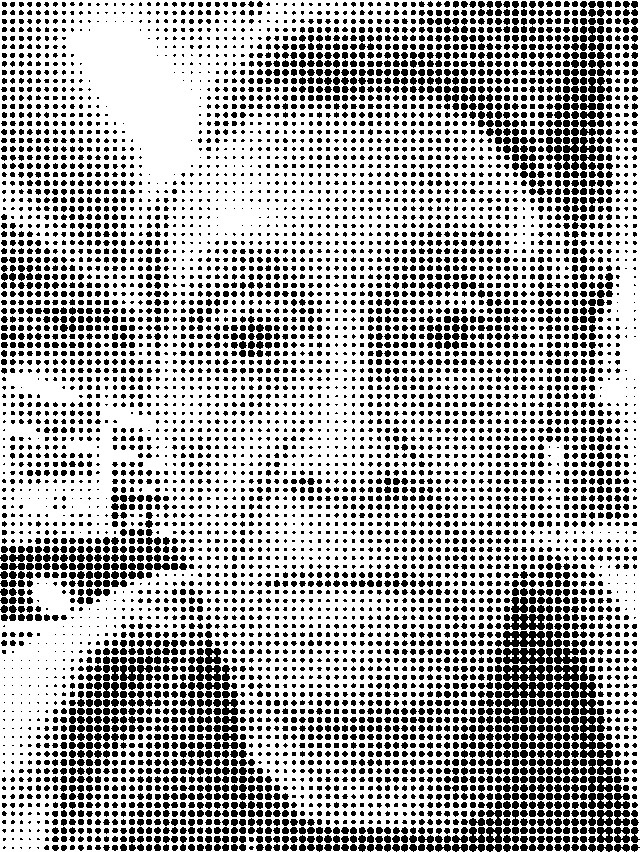 When the falsification of a photograph comes to light in the context of what I refer to cumulatively as informationally oriented imagery — the modes we call documentary photography, photojournalism, and press photography — it has consequences. Quite aside from whatever professional and public censure and penalties result, a broader issue of credibility arises, affecting not just that photographer’s future work but also whatever he or she has produced and published in the past. For example:
When the falsification of a photograph comes to light in the context of what I refer to cumulatively as informationally oriented imagery — the modes we call documentary photography, photojournalism, and press photography — it has consequences. Quite aside from whatever professional and public censure and penalties result, a broader issue of credibility arises, affecting not just that photographer’s future work but also whatever he or she has produced and published in the past. For example:
• Once even Robert Capa’s staunchest public defender, Richard Whelan, admits that the best-case scenario for the context of Capa’s iconic 1937 image “Falling Soldier” is that it represents a real death occurring unexpectedly in the midst of a staged combat scene, and that Capa allowed it to be misleadingly captioned thenceforth, we reasonably look back at all Capa’s war photographs for indicators of inauthenticity.
• After Robert Doisneau, in presenting evidence to a French civil court in 1993, admitted that he had staged his most famous (and profitable) photograph, the 1950 “Kiss in front of the Hotel de Ville,” with hired actors, thereafter allowing its frequent republication as a perceptive cultural insider’s documentation of spontaneous public behavior, that forced confession calls into question not just this one image but all of Doisneau’s purportedly sociological observation of French life. (Certainly it forever changed the way I experience that photograph, converting it instantly and irrevocably from reportage into theater.)
• And as soon as a fellow professional outed Magnum Photos member Steve McCurry for digital manipulation of an image he placed on public exhibition, others began, predictably, searching for — and, not surprisingly, finding — that McCurry has made a habit of such fakery for many years, which not only affects the way one views those specific images but suggests that one should approach the entirety of this photographer’s body of work with caution.
This constitutes the absolutely appropriate and commendable work of concerned and committed citizens watchdogging the journalistic sources on which they depend for reliable information, keeping them honest and shaming them when they lie. It is not witch-hunting, or the malicious destruction of reputation for the thrill of the kill. (The fact that the ensuing debate has attracted anonymous commentary from trolls proves nothing. Everything online potentially attracts trolls; they don’t need the smell of blood to start feasting.)
The Story So Far
• This uproar got started by photographer Paolo Viglione, who went to a show of McCurry’s work, The World of Steve McCurry, in Turin, Italy, noted a digital artifact that resulted from image manipulation in one of the prints of an image from Cuba, and posted about what he saw on his blog (in Italian only, alas): “Quando steve McCurry etc etc,” April 29, 2016.
• Petapixel picked up on the resulting buzz, publishing D. L. Cade’s report, “Botched Steve McCurry Print Leads to Photoshop Scandal,” on May 6, 2016. They published the full image spotted by Viglione, and the relevant detail thereof. (See detail at right.) The print in the exhibition was in fact itself a detail of a much larger image, since deleted from McCurry’s website.
In addition, Petapixel included variants of two more published McCurry photographs that crowdsourcing had revealed as clearly altered digitally, so as to remove and/or replace some of the pictorial content.
This Petapixel story includes a response from McCurry that reads, in part,
“… [L]ike other artists, my career has gone through many stages.
Today I would define my work as visual storytelling, because the pictures have been shot in many places, for many reasons, and in many situations. …
My photography is my art, and it’s gratifying when people enjoy and appreciate it. …”
Note, for the record, that the tagline for McCurry’s website, where sharp-eyed viewers found these digitally manipulated images, states, “Steve McCurry, photojournalist, displays his recent work in essay form as well as offering a gallery of well-known work.” Not “visual storyteller” — photojournalist.
At the end of his statement, McCurry blames the manipulation of the photo on an unnamed assistant, operating at a time when the photographer was not in his studio. Cade writes, “He said the issue in the Cuba image was, ‘a change that I would have never authorized,’ and ‘the lab technician who made the mistake does not work with me anymore.'”
• Petapixel followed up with a May 26 story by editor-in-chief Michael Zhang, “More Photoshopped Photos Emerge in the Steve McCurry Scandal.” Not only does this website continue to define the situation as a “scandal,” but they present a selection of 7 images posted at McCurry’s blog between 2009 and 2015 for which the located significant variants. They have turned these into GIFs (using Giphy) that show the differences.
In most cases, I see these as acceptable color corrections and lighting adjustments. And I don’t consider it editorially objectionable to print a color image as black & white. Be that as it may, McCurry has since taken down his blog in its entirety, which will make it a bit more difficult for those probing into his practices. (But not impossible; the entire site is well archived at The Wayback Machine, bless their hearts.)
• On May 25 my old friends, the National Press Photographers Association (NPPA), chimed in with “ETHICS MATTERS: A commentary from NPPA’s Ethics Committee regarding the photographs of Steve McCurry,” written by Steve Raymer. Raymer, a member of NPPA’s Ethics Committee, forthrightly declares himself compromised in his response to the situation:
“As a long-time colleague of McCurry’s at National Geographic and, more recently, a professor who has authored five books of documentary photography, I have struggled with creating images for sale as exhibition prints and how to ensure that gallery-goers and buyers understood my esthetic motivation for an alteration — to create a work of beauty that goes beyond the strict limitations of journalism.”
He then goes into the evasive dance of the slipperiness of the concept of truth:
“In the meantime, the McCurry controversy also has drawn attention to the subjectivity of all photography, photojournalism included. There is the subjectivity of the viewfinder — what is left in and what is left out of the picture is an emphatic decision made by the photographer. There is the old aphorism that says no two photographers will ever see the same subject in the same way.”
As if this in any way justifies image alterations that revise the situation described in the original photograph. I don’t know where Raymer has kept himself for the past four decades, but “the subjectivity of all photography, photojournalism included” hardly needed any attention drawn to it — it has had constant attention focused on it since the late 1960s by many, myself among them.
(To his credit, despite his obvious anguish over having to say unpleasant things about a friend, toward the end of the article Raymer does write, “And it’s fair to note that in the last 10 years, several high-profile newspaper photojournalists have been fired for transgressions lesser than McCurry’s.” I’d have put that it the lede graph, but then I’m not McCurry’s chum.)
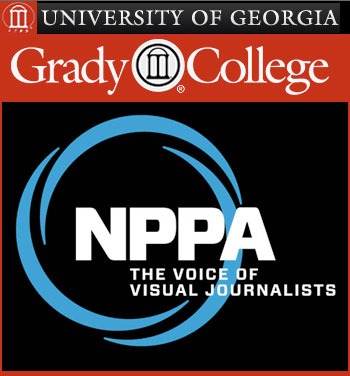 Along the line, Raymer mentions that, among McCurry’s professional laurels, “He also was named NPPA’s Magazine Photographer of the Year in 1984.” So McCurry’s ethical fall from grace reflects badly on the organization. That doesn’t stop NPPA Ethics Committee chairman Sean D. Elliot from condemning McCurry’s actions in no uncertain terms, as quoted in Raymer’s piece:
Along the line, Raymer mentions that, among McCurry’s professional laurels, “He also was named NPPA’s Magazine Photographer of the Year in 1984.” So McCurry’s ethical fall from grace reflects badly on the organization. That doesn’t stop NPPA Ethics Committee chairman Sean D. Elliot from condemning McCurry’s actions in no uncertain terms, as quoted in Raymer’s piece:
Elliott says that no matter what McCurry calls himself today, “He bears the responsibility to uphold the ethical standards of his peers and the public, who see him as a photojournalist.” Elliot, the chief photojournalist and assignment editor for The Day in New London, Connecticut, says this means that “Any alteration of the journalistic truth of his images, any manipulation of the facts, regardless of how relevant he or others might feel they are to the deeper ‘truth,’ constitutes an ethical lapse.” Elliot also called McCurry’s attempt to blame an assistant “disingenuous” and questions the professional standards of a studio in which a lab assistant “feels they have the authority to radically alter the work of Steve McCurry.”
• Petapixel returned to the brouhaha on May 30 with a third story, the second one by editor-in-chief Michael Zhang: “Steve McCurry Says He Will ‘Rein in His Use of Photoshop.'” Therein McCurry “responded to the recent hoopla surrounding his Photoshopped photos. The famed photographer explains that he’s now a ‘visual storyteller’ rather than a photojournalist, but says he will ‘rein in his use of Photoshop’ going forward to remove any confusion.”
• That same day, May 30, Olivier Laurent, editor of the TIME feature “Lightbox,” took this well beyond the confines of insider baseball with “Steve McCurry: I’m a Visual Storyteller Not a Photojournalist.” Laurent (whose headline noticeably lacks a comma) writes:
“I’ve always let my pictures do the talking, but now I understand that people want me to describe the category into which I would put myself, and so I would say that today I am a visual storyteller,” McCurry tells TIME. “The years of covering conflict zones are in the distant past.”
… He adds: “Reflecting on the situation… even though I felt that I could do what I wanted to my own pictures in an aesthetic and compositional sense, I now understand how confusing it must be for people who think I’m still a photojournalist.”
Especially confusing to those poor, befuddled, slow-on-the-uptake people who haven’t evolved along with him because, as noted above, McCurry continues to describe himself as a photojournalist at his own website.
I agree with Sean Elliott of NPPA on this, especially because, even in the period where he claimed the status of a photojournalist, and profited from that claim, McCurry willingly played fast and loose with the veracity of his images. Consider his December 1984 cover for National Geographic, of which he says, according to the TIME article,
“I recall when my horizontal picture of the tailor in India’s monsoon was published on a National Geographic magazine cover, the water was extended down to fit the vertical format,” he says. “That use of Photoshop ensured that a powerful image wouldn’t be rejected because it was a horizontal orientation. Some would say that was wrong, but I thought it was appropriate because the truth and integrity of the picture were maintained.”
Which, loosely translated, means “So long as the publisher approved, why should I have given up the money and prestige and audience attention that comes with a National Geographic cover simply because my photo couldn’t be adjusted to fit the format without digitally altering it?”
… a/k/a the Steve McCurry Defense
Though it may surprise my readers, I’m actually less interested in the state of Steve McCurry’s ethics — already thoroughly exposed in the debate over this incident — than I am in the argument he musters in his own defense: That, because he self-defines himself anew as a “visual storyteller,” he thereby becomes an artist, and that either of those rubrics (and especially both of them in combination) entitles him to exchange any pesky obligation to factual accuracy in his imagery for what Stephen Colbert so eloquently named “truthiness.”
Not that McCurry came by it this way, but they must have started inculcating this “I’m a visual storyteller” mantra in photojournalism school — and in photography programs in colleges, universities, and art schools — awhile back. Because it has begun reproducing itself with startling rapidity. I’ve noticed it cropping up with increasing frequency in the bios and artists’ statements of young photographers. Google that catchphrase (“About 1,410,000 results”) and you’ll find it used as a self-definition by hundreds of photographers, all of whom you can bet your life didn’t spontaneously come up with it on their lonesomes.
Google “visual storytelling” (“About 3,780,000 results”) and you find the same thing, deployed not just by photojournalists and documentary photographers but by commercial photographers, wedding photographers, food photographers, corporate-report photographers, travel photographers, real-estate photographers — not to mention art directors and picture editors, graphic designers, book designers, infographic designers, children’s-book illustrators, comic-book artists, filmmakers, videographers … basically, anyone and everyone who deals with images in any way.
Visit enough of those sites, read the mantra often enough, and you could start to think you’ve wandered into some 12-step rehab meeting: “Hi, my name is Sandra, and I’m a visual storyteller.” Hello, Sandra. Or you can find yourself imagining a roomful of them at some cocktail party mixer for young creatives: “Hi, I’m Dwayne. I’m a visual storyteller.” “How interesting. I’m Ashley, and I’m a visual storyteller. Let me introduce you to my friend Dylan. He’s a visual storyteller too.”
I’ll hazard a guess that this unintentionally comical mantra didn’t originate in photo programs, but got adopted by photo teachers who heard it from colleagues in filmmaking and the graphic arts and passed it along to their students because it just sounds so much more resonant than the humdrum, workaday “photographer.” It pretends to function as a one-size-fits-all descriptor, but in fact it doesn’t describe anything at all; what this phrase actually denotes it keeps intentionally vague. But its connotation is clear: Hey, I don’t just practice this or that specialized craft in the field of visual communication. I have a higher calling, as a member of the ancient caste of griots.
In short, since it carefully avoids specifying particular skills it has only self-praise and self-promotion as its purpose.
From where I sit, the most important consequence of this scandal (aside from reminding us that photographers, like most people, will do anything that benefits them, ethics be damned) lies in the fact that the vapid phrase “visual storyteller” has suddenly become highlighted — while acquiring a darker meaning — with the revelation that Magnum photographer Steve McCurry deploys it as a both a rationale and a magic charm that, he seems to think, immunizes him from the charges of bad faith and breach of professional ethics that accrue nowadays to a photojournalist who gets caught doing the same things.
So, next time you hear someone say “I’m a visual storyteller,” remember that you’re listening to the Steve McCurry Defense.
•
To conclude, a word of advice to McCurry: Long ago, in a book whose title and author I can’t remember, I read that during the Edo period (1603-1868) Japanese woodblock artists would work for years perfecting a particular combination of technique and style that would make them famous. Then they would change not only the technique and style but also their names, starting again at the beginning.
I haven’t had time to source that, so it may prove apocryphal. Still, it’s a model worth pondering for anyone seriously considering a transition from one mode of visual communication to another.
•
[As a curious historical footnote, in 2011, by special arrangement with Kodak, McCurry — who had gone digital years before, like so many of his colleagues — persuaded Kodak to give him the very last roll of Kodachrome to roll off the production line in Rochester, NY. You can read about the exposures he made in “The Last Roll of Kodachrome—Frame by Frame!” by David Friend, published in the January 2012 issue of Vanity Fair.]
[Postscript, June 9, 2016: See Robert Dannin’s response to this post, published at this blog as a Guest Post. See also the article “Eyes of the Afghan Girl: A Critical Take on the ‘Steve McCurry Scandal'” by Indian photographer Kshitij Nagar, published at Petapixel on June 7, 2016, which goes into considerable detail in re McCurry’s practice.]
•
 Special offer: If you want me to either continue pursuing a particular subject or give you a break and (for one post) write on a topic — my choice — other than the current main story, make a donation of $50 via the PayPal widget below, indicating your preference in a note accompanying your donation. I’ll credit you as that new post’s sponsor, and link to a website of your choosing. Include a note with your snail-mail address (or email it to me separately) for a free signed copy of my 1995 book Critical Focus!
Special offer: If you want me to either continue pursuing a particular subject or give you a break and (for one post) write on a topic — my choice — other than the current main story, make a donation of $50 via the PayPal widget below, indicating your preference in a note accompanying your donation. I’ll credit you as that new post’s sponsor, and link to a website of your choosing. Include a note with your snail-mail address (or email it to me separately) for a free signed copy of my 1995 book Critical Focus!


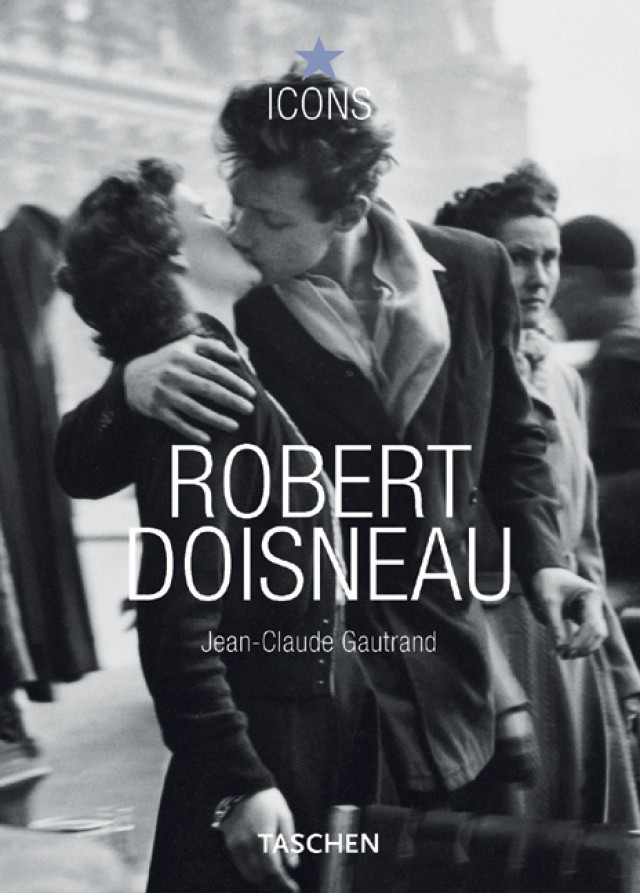
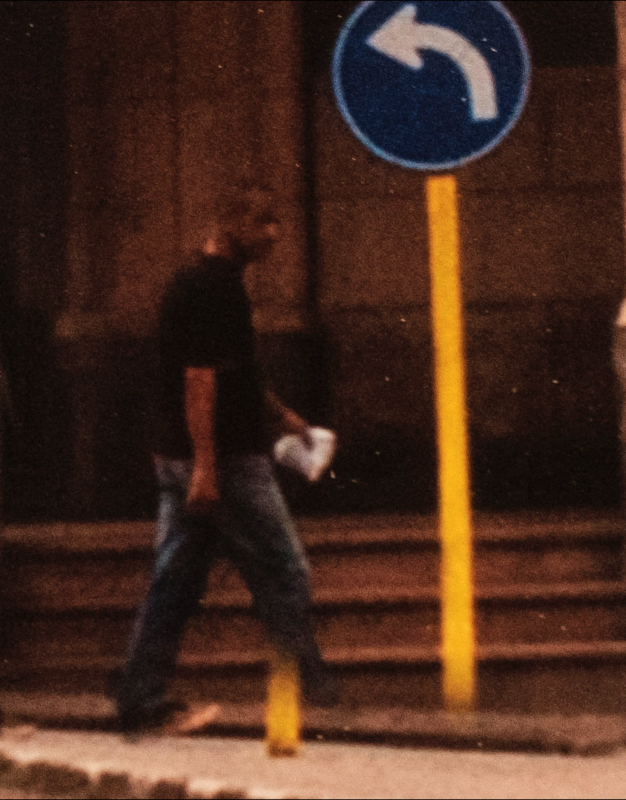

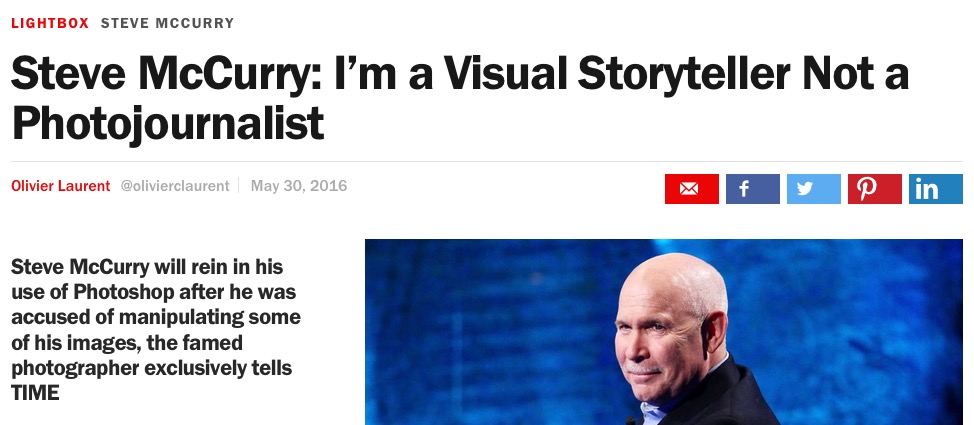
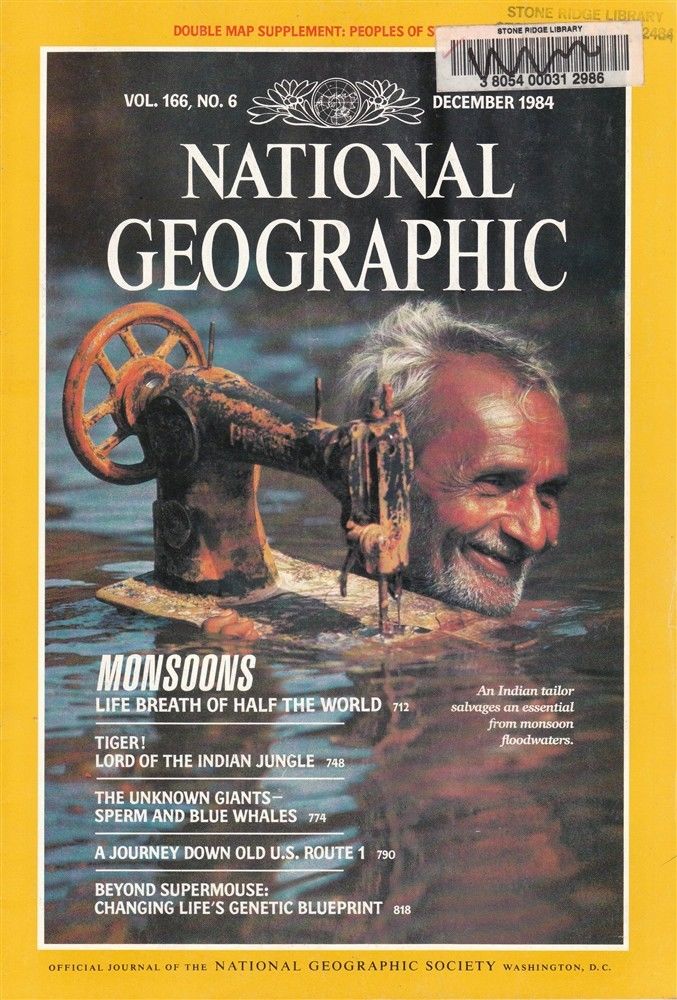
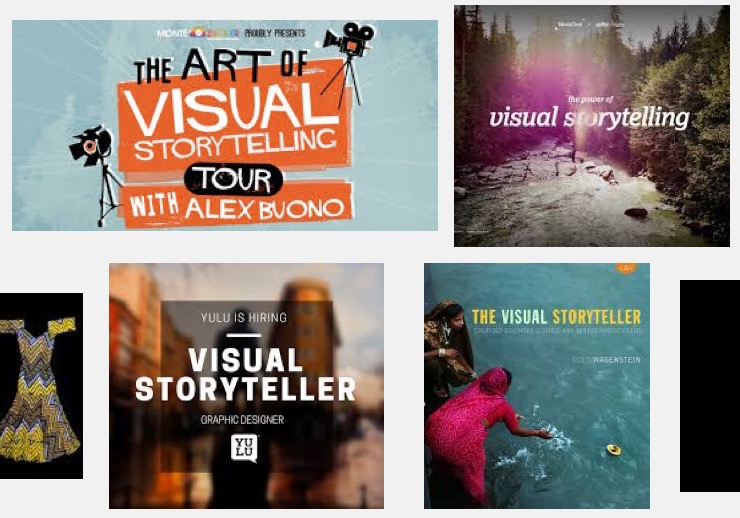
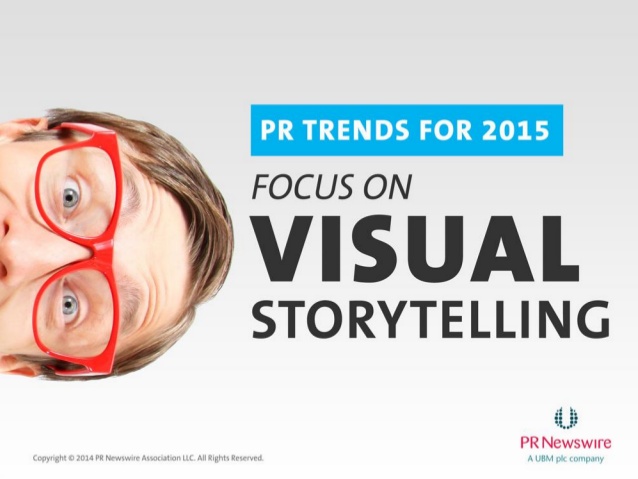




As a fine art photographer for whom any manipulation of an image is fair game, I do understand the strong reactions to a photojournalist altering their images digitally. Previous generations of film photographers did have quite a few image alteration possibilities at their disposal, from initial focal length selection, framing, contrast adjustment and burning and dodging to enhance or strengthen the mood and impact of an image. Would the solution today be that photojournalists submit their raw image without any changes? No color temperature adjustment or correction? No lightening or darkening?
I am not sure what line drawn can satisfy the purists. I am not particularly offended by McCurry’s changes, particularly to the ones in the gifs. He did not go so far as to add a missile or remove Politburo members. Still, he did ride the Photojournalist train and profited by it. Perhaps he should have declared himself a visual storyteller sooner.
No one I can think of has challenged the right of any photographer working in the territory of informationally oriented imagery to choose the camera, lens, and film with which he or she works, to select the vantage point and frame the scene as he or she pleases, to decide on depth of field and shutter speed, etc. These activities do not in any sense “manipulate the image,” because “the image” cannot in fact exist until a photographer applies some combination of the above to a given scene and makes an exposure. Only thereafter does an image exist that one can subject to manipulation.
Nor do most people find it disturbing that a photographer working in those forms makes color corrections, mutes distracting highlights, or otherwise adjusts the image to make it more printable and attractive to the eye. As I noted in the post, I don’t find the several examples that Petapixel published of such alterations in any way problematic.
Except for one: the image of a boy selling flowers to passengers on a bus, in which McCurry removed a figure in the distance. Because adding and/or removing actual elements of an image is where I — and many others, who don’t consider themselves “purists” — do draw a line. Again, that line gets drawn for people working in documentary, photojournalism, and press photography, and anyone else whose imagery functions as documentation or evidence, pictures made “for the record.” And it gets drawn for good reason: Once you step over it, you stand on a slippery slope with “the commissar vanishes” awaiting at the bottom.
McCurry’s problem lies in the fact that he uses the reputation he earned as a photojournalist, working under a set of clearly understood strictures, to market images made outside those boundaries. And those two kinds of images look very much alike, in his case, so asking viewers to intuit which ones in a traveling show he considers “photojournalism” and which fall into his category of “visual storytelling/art” places an inappropriate burden on the viewers.
Just a quick comment on the Doisneau series, a commission from Life magazine: Doisneau never pretended anything, he brought evidence against a woman that was suing him for money, pretending she was the woman on the photograph. The staged “Spring in Paris” piece in Life clearly shows the same couple in various locations. And by the way, Rapho, the agency for which Doisneau worked probably made most of the royalties on the image, I do not think Doisneau saw much of it.
The LIFE magazine spread in which that photo appears states clearly that these are candid photos of young lovers in Paris. Until that court case in 1993, Doisneau had never contradicted that — not in re the original publication in LIFE, and not in re any of the hundreds if not thousands of other appearances that image made in print. He thereby tacitly encouraged people to believe that this was indeed a spontanenous moment of public display of affection between two young people unknown to him.
It’s also not clear that he told LIFE magazine that he was using models, which means he may have deceived his client as well.
No one who sued him “pretended” to be the couple in the photograph. The elderly couple in the picture genuinely believed themselves to be that couple; Doisneau’s contact sheets disproved that. The other party who sued him was in fact the woman in the photograph. Doisneau’s contract proved that she’d been paid for the job and thus had no claim to royalties.
Doisneau himself, on numerous occasions, indicated that he’d made good money off that image, which got licensed for hundreds of usages. Unless Rapho had a rapacious contract with its photographers, there’s every reason to believe that Doisneau enjoyed a goodly share of those revenues.
This whole McCurry topic is just a witch-hunt. If he had made Photoshop composites or hired actors OK, call him out. But the mods he made in his photos were nothing to write home about.
If you were a photog A.D. you would know what goes into making the final print. Some of my photos may go through 30 or 40 versions to perfect a problem image.
So what? Ansel didn’t make one print of his newly shot photo, he had to perfect it in the darkroom with multiple versions. Same thing applies with digital.
Press / news photos have a long history of being doctored.
Unless your talking about crime scene photos, a little artistic license should not be a big deal. Bottom line…either the photo is more honest than not.
Let’s set aside the patronizing statement “If you were a photog A.D. you would know what goes into making the final print.”
If you trouble yourself to actually read my post, and then read the sources I quote and to which I link, you will discover that all the people objecting to McCurry’s practices are working photographers, such as Sean D. Elliott. McCurry’s agency, Magnum Photos — a cooperative of photographers — took several of the questionable images down as soon as his alterations of them came to light.
So all of these working photographers, who actually do know “what goes into making the final print” — more than you do, I daresay — have in one way or another gone on record to agree that McCurry crossed the line when he Photoshopped people and other elements out of his images. The fact that they understand, accept, and abide by strictures that you reject — however pesky, arbitrary, and inhibiting those regulations may be — marks them as professionals, and you as … something else.
If you have an argument, then, it’s with them, not with me. Basically, I just reported on this uproar. As I indicated, my real interest in this lies with the “I’m a visual storyteller” line of patter.
Have just found this information via online referrals. Small time newspaper shooter over the years and always worked hard at honesty in the images – even to the point of quitting jobs when that was not respected by editors.
I find it troubling that more do not see problems in manipulating images that are supposed to be “Truth”.